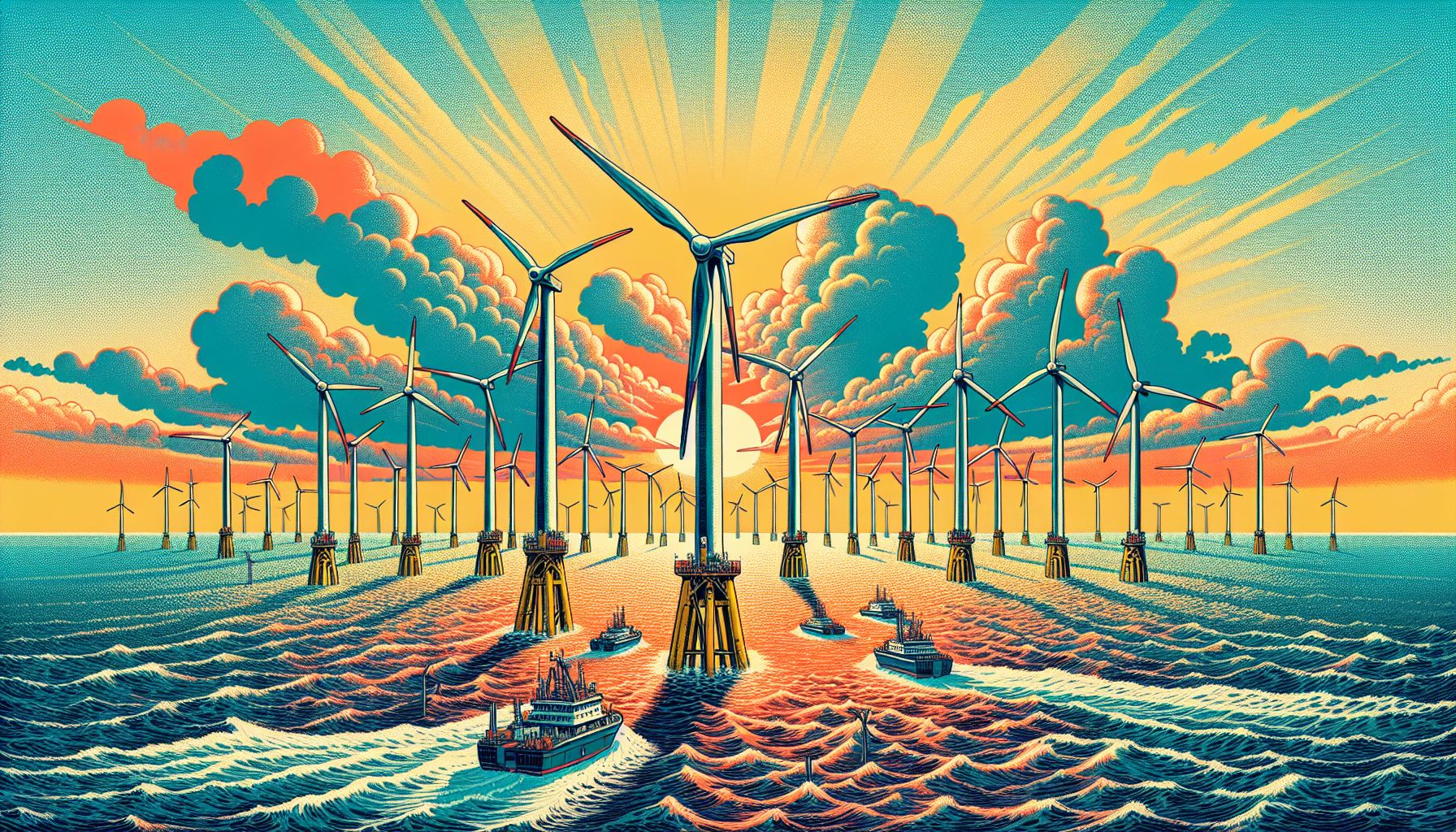Dutch Offshore Wind Energy Expansion Aims to Fulfill Climate Goals

Netherlands, Wednesday, 14 May 2025.
The Netherlands is boosting its offshore wind capacity to meet 2030 and 2050 climate targets, aiming for 21 GW by 2032 and 70 GW by 2050, vital for reducing emissions.
Ambitious Expansion Plans
The Netherlands has laid out a comprehensive roadmap for offshore wind development through its ‘Routekaart windenergie op zee 21 GW’ initiative. This strategic plan aims to achieve an installed capacity of approximately 21 gigawatts by the end of 2032 [1]. The expansion represents a crucial step toward the nation’s broader vision, with plans to reach approximately 70 gigawatts of installed capacity by 2050, combining both electricity and hydrogen production in the North Sea [1].
Technical Challenges and Research
TNO, the Dutch Applied Science Research Institute, is actively addressing the technical challenges of offshore wind deployment. Recent research has revealed that extreme weather conditions account for 30% of total wind turbine corrosion, with damage occurring most significantly during periods of combined strong winds exceeding 39mph and heavy rainfall above 7.5 millimeters per hour [2]. To support the expansion, TNO conducts extensive wind measurements using LiDAR systems on various North Sea platforms, including Lichteiland Goeree, Europlatform, K13A, and L2-FA-1 [1].
International Collaboration and Innovation
The Netherlands is positioning itself as a knowledge hub for offshore wind development, as evidenced by upcoming knowledge-sharing initiatives. A notable example is the webinar scheduled for May 20, 2025, focusing on far sea offshore wind farm developments, where Dutch expertise will be shared with Chinese stakeholders [3]. The event will feature presentations from leading Dutch companies and TNO’s wind energy experts, highlighting solutions for deep-sea wind farm operations [3].

